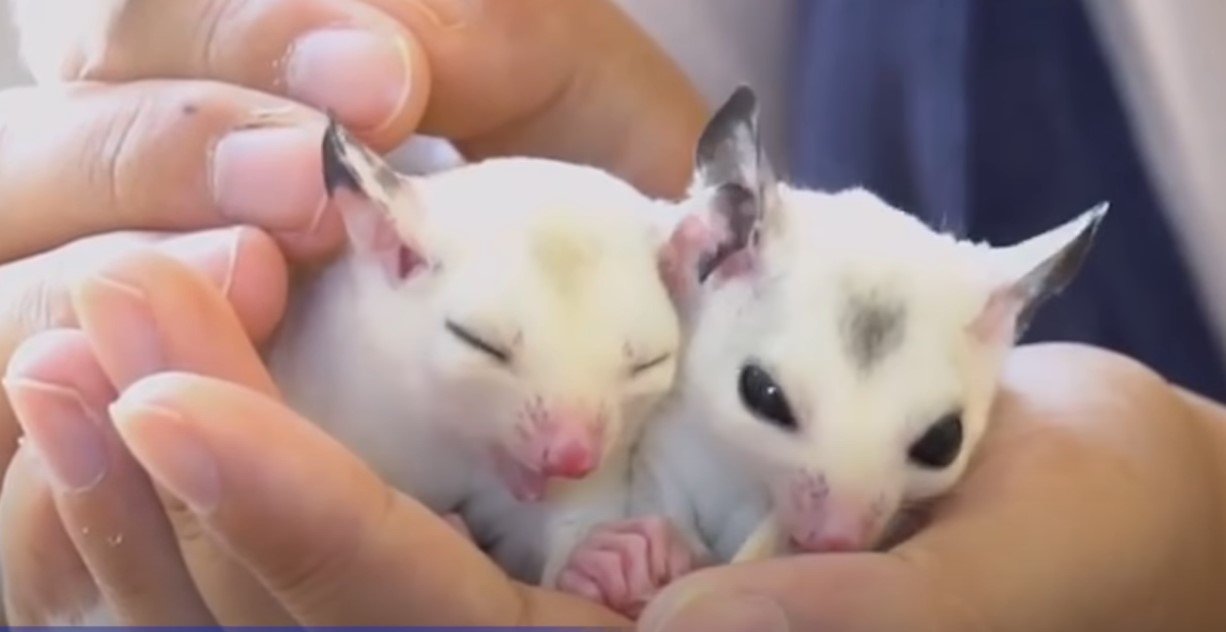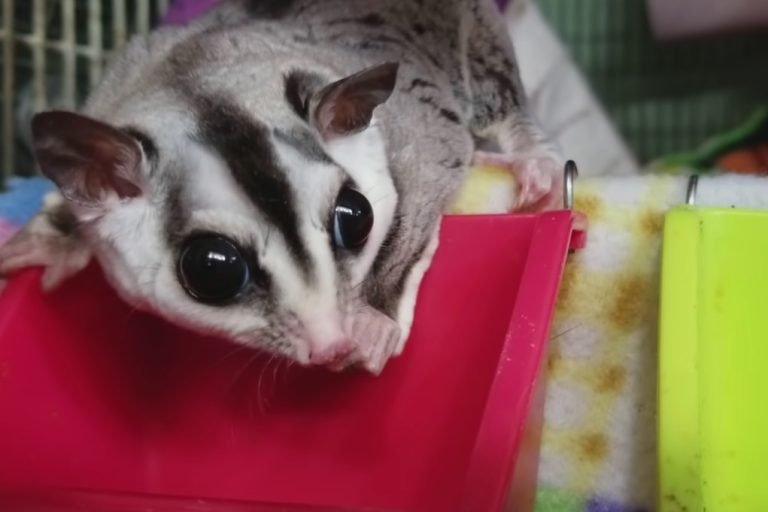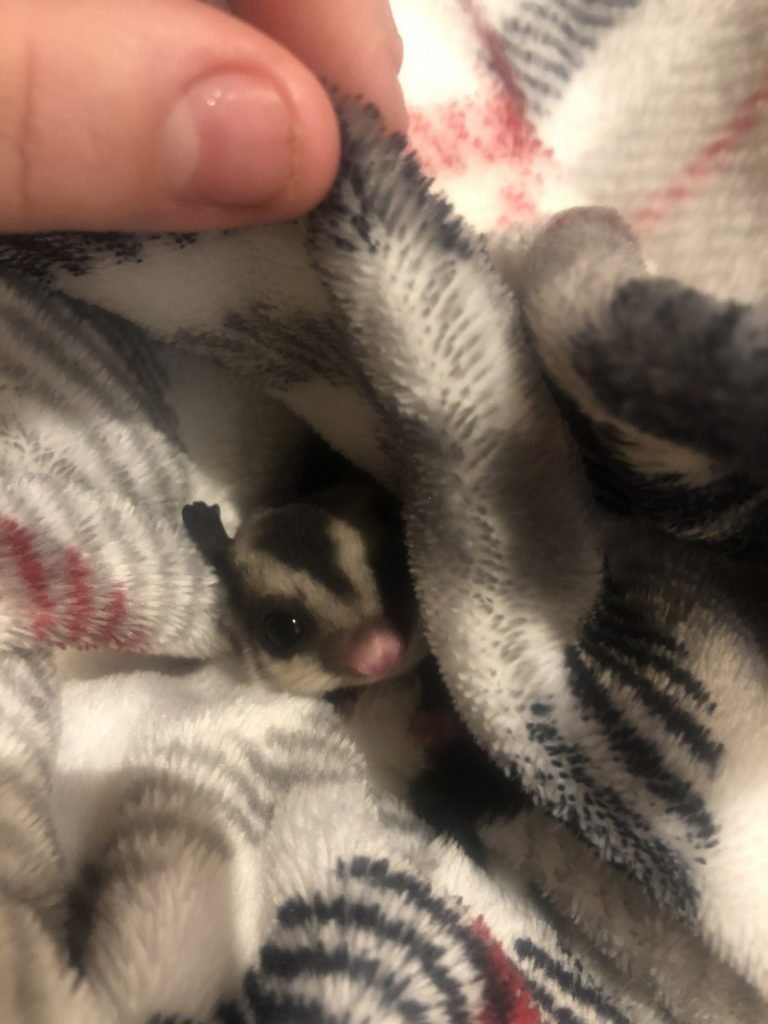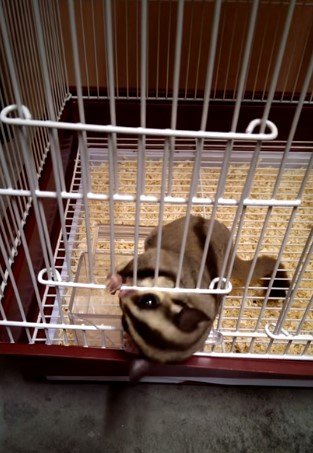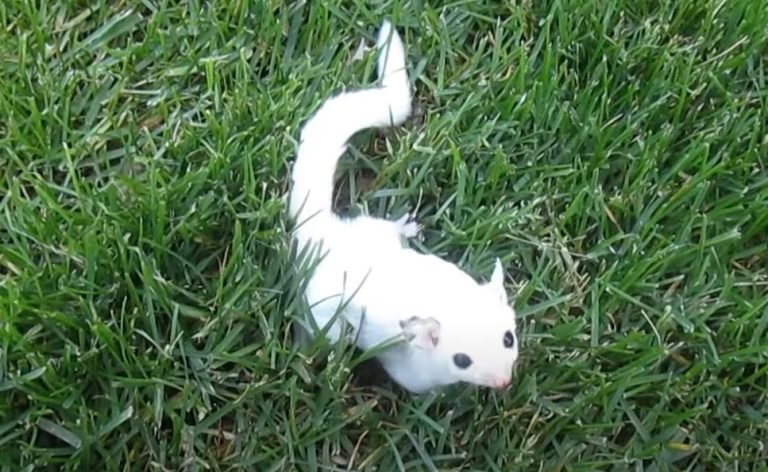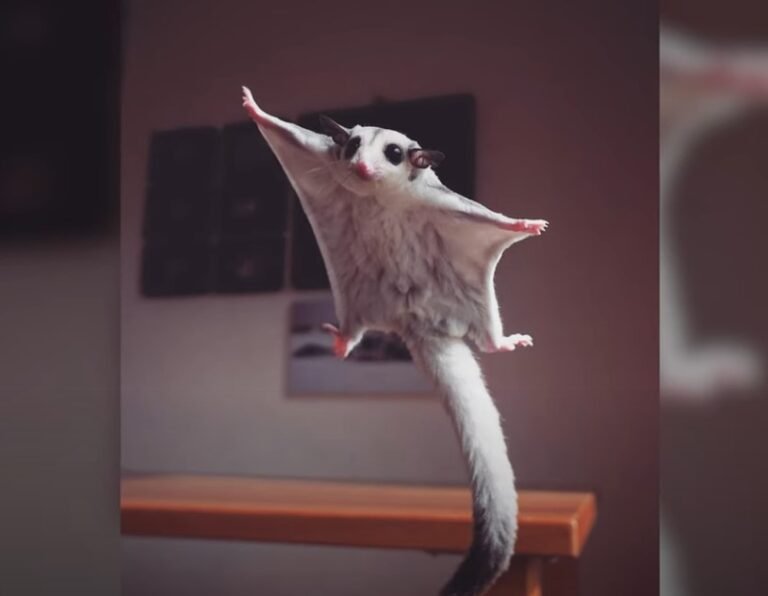How Do Sugar Gliders Communicate
How do Sugar Gliders Communicate?
Sugar gliders are fascinating creatures that have captured the hearts of many pet owners around the world. These small, nocturnal marsupials hail from the rainforests of Australia, Indonesia, and New Guinea. Known for their unique ability to glide through the air using a flap of skin called a patagium, sugar gliders are also highly social animals that rely on complex forms of communication.
In this article, we will explore the various ways sugar gliders communicate with each other. From vocalizations to scent marking and body language, these tiny creatures have developed intricate methods to convey messages and maintain social connections within their communities.
Vocalizations: A Chorus of Sounds
Sugar gliders are anything but silent when it comes to expressing themselves. They emit a wide range of vocalizations, each serving a different purpose and meaning. Here are some of the most common sounds you might hear from your sugar glider:
1. Barking
Sugar gliders use barking as a warning signal when they sense danger or feel threatened. It is a sharp, rapid call that can alert other members of their group to potential dangers in the vicinity.
2. Chirping
Chirping is a soft, melodic sound that sugar gliders use to communicate with each other. It is often heard during social interactions, playtime, and grooming sessions.
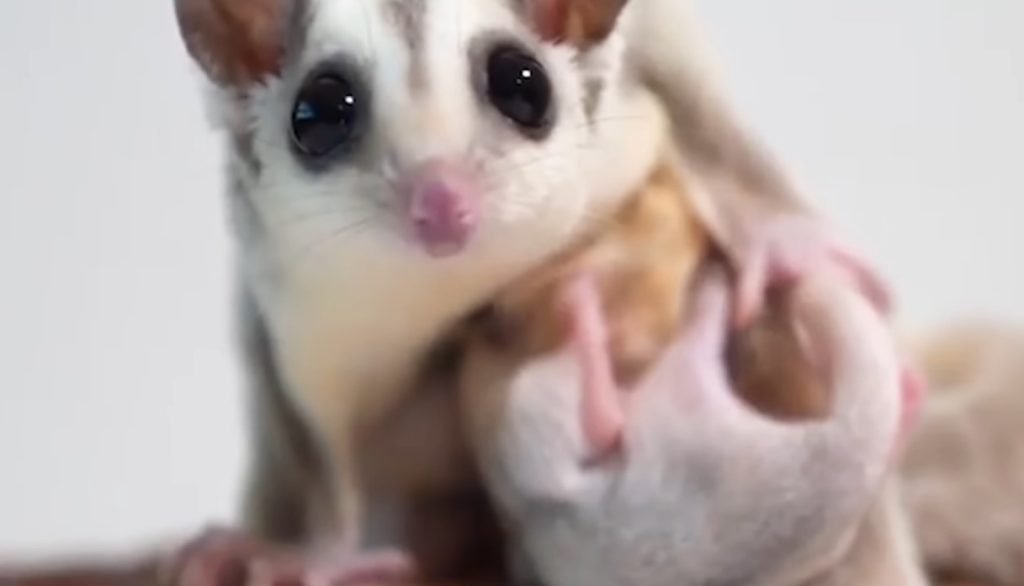
3. Crabbing
When sugar gliders feel frightened or stressed, they may emit a distinct noise called crabbing. This vocalization sounds like a low, continuous hiss and is accompanied by the glider adopting a defensive posture with their body arched and claws extended.
4. Purring
Similar to cats, sugar gliders can purr when they are content and relaxed. Purring is a gentle, rhythmic sound that signifies a state of comfort and security.
Scent Marking: Leaving a Fragrant Trail
In addition to vocalizations, sugar gliders rely heavily on scent marking to communicate with one another. They have scent glands located on their forehead, chest, and genitalia, which they use to leave olfactory messages for other gliders to interpret. Here’s how they use scent to communicate:
1. Territory Marking
Sugar gliders mark their territories by rubbing their scent glands on various surfaces within their home range, such as trees, branches, and rocks. This helps them establish boundaries and prevent conflicts with neighboring groups.
2. Social Bonding
When sugar gliders groom each other, they transfer their scents onto one another, reinforcing social bonds within the group. This intimate act of grooming helps strengthen relationships and maintain harmony within the community.
3. Mating Signals
During the breeding season, female sugar gliders emit a strong, musky odor to attract potential mates. Males can detect this scent from a considerable distance and use it as a signal for reproductive readiness.
Body Language: Gestures Speak Louder Than Words
In addition to vocalizations and scent marking, sugar gliders also communicate through their body language. They use a variety of gestures and postures to convey messages and express their emotions. Here are some key body language cues to look out for:
1. Tail Wagging
When sugar gliders wag their tails rapidly from side to side, it signifies excitement, happiness, or anticipation. This behavior is often observed during playtime or when they are expecting a treat.
2. Flattened Body
If a sugar glider flattens its body against a surface, such as a tree trunk or cage, it is an indication of fear or submission. This posture is often accompanied by the glider tucking its head in and remaining still to avoid attracting attention from potential predators.
3. Gliding Signals
Sugar gliders use specific body movements and positioning during gliding to communicate with other members of their group. For example, a glider that wants to land in a specific location may spread its limbs widely or arch its back to control its descent.
Frequently Asked Questions
1: Can sugar gliders communicate with humans?
While sugar gliders may not communicate with humans in the same way they do with other gliders, they can form strong bonds with their human caregivers. Through consistent interaction, positive reinforcement, and attentive observation, owners can learn to interpret their sugar glider’s needs, preferences, and emotional states.
2: Do sugar gliders recognize their human owners?
Yes, sugar gliders have the ability to recognize and form attachments to their human owners. They can learn to distinguish their owner’s scent, voice, and physical appearance from others. Building trust and providing a consistent, nurturing environment can strengthen the bond between a sugar glider and its owner.
3: Do sugar gliders communicate using visual signals?
While visual signals are not as prominent in sugar glider communication as vocalizations and scent marking, they do use body language to convey messages. From tail wagging to flattened body postures, gliders use visual cues to express their emotions, intentions, and social status within their group.
Final Thoughts
The communication methods employed by sugar gliders are a testament to their advanced social nature. Through vocalizations, scent marking, and body language, these tiny creatures are able to convey a wealth of information to their fellow gliders. Understanding and appreciating these communication cues can deepen our connection with these fascinating animals and enhance their well-being in captivity. So the next time you observe your sugar glider in action, pay attention to their unique ways of communication and marvel at the complexity of their social interactions.

